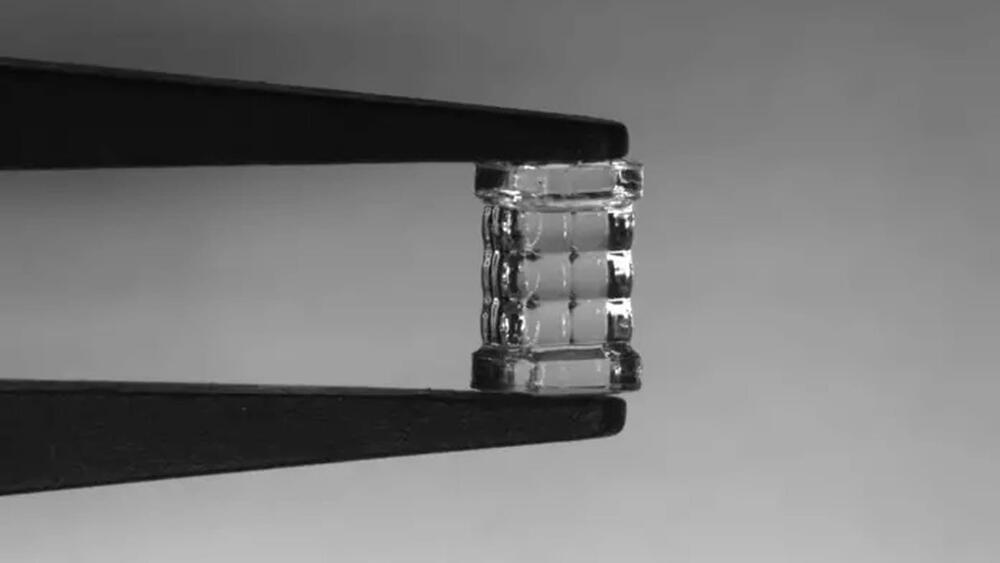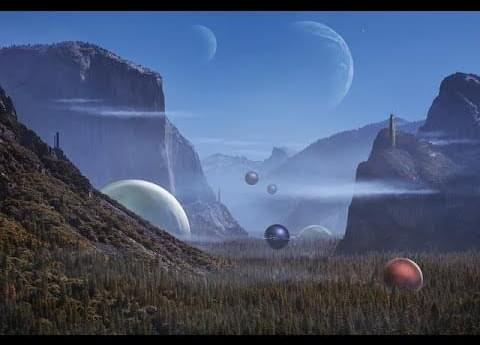May 14, 2024
Blurred lasers make for better 3D printed optics, study finds
Posted by Gemechu Taye in category: futurism
Canadian researchers have found that blurring tomographic volumetric additive manufacturing lasers improve optical printouts.

Canadian researchers have found that blurring tomographic volumetric additive manufacturing lasers improve optical printouts.
According to its official career page, Tesla has just three job listings in the United States, as layoffs continue.
How will liquids boil under reduced gravity, specifically on the Moon and Mars? This is what a recent project hopes to address as a team of researchers led by the Southwest Research Institute (SwRI) and working with Texas A&M University investigated the behavior of boiling liquids under reduced gravity using parabolic flights that are designed to simulate reduced gravity conditions. This project holds the potential to help researchers and future astronauts better understand how to manage boiling liquids during long-term space missions to the Moon and Mars where the gravity is one-sixth and one-third of the Earth’s, respectively.
From left to right: SwRI Research Engineer, Emilio Gordon, Texas A&M University Professor of Aerospace Engineering, Dr. Bonnie Dunbar, and SwRI Research Engineer, Dr. Eugene Hoffman, examine the experimental payload right before its parabolic flight on April 24th, 2024. (Credit: Southwest Research Institute)
“We have so little data about how boiling works in reduced gravity,” said Kevin Supak, who is a program manager at SwRI and the project lead. “Our experiment studies boiling in conditions that simulate lunar and Martian gravity levels using four different surfaces to examine how bubbles initiate and detach.”
An alga’s bacterial symbiote has evolved into an organelle that turns atmospheric nitrogen into ammonia, making the alga unique among eukaryotes.
Photon-number distributions of various light sources have been studied extensively. However, little is known about the statistical distribution of electrons emitted under the effect of intense light.
In the ongoing quest to make electronic devices ever smaller and more energy efficient, researchers want to bring energy storage directly onto microchips, reducing the losses incurred when power is transported between various device components. To be effective, on-chip energy storage must be able to store a large amount of energy in a very small space and deliver it quickly when needed—requirements that can’t be met with existing technologies.

An exploration of two new papers regarding Dyson Sphere candidates in infrared studies yielding over 53 candidates.
My Patreon Page:
Continue reading “Over 53 New Alien Dyson Sphere Candidates Detected” »

Last and First Men & Last Men in London [1/3]by Olaf StapledonRead by Ray LandersThis collection was first published in 1972Audio originally issued by NLS on…
